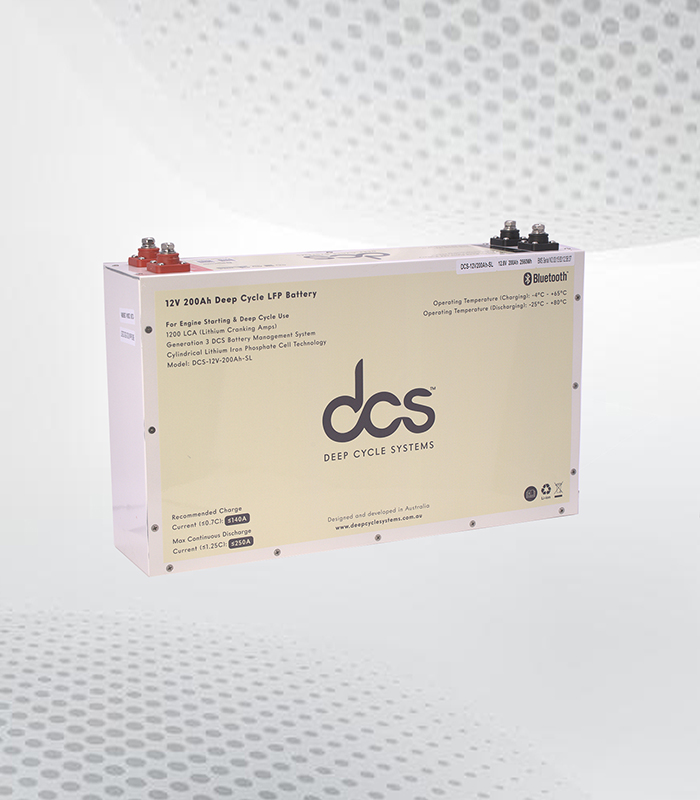Arabic calligraphy Designs is one of the most beautiful art forms in the world. It’s more than just writing—it’s a deep expression of culture, history, and emotion. The graceful curves and flowing lines of Arabic letters have turned into breathtaking art across centuries.
Whether you’re an artist, designer, calligraphy lover, or just someone who enjoys beauty, Arabic calligraphy offers something special for everyone. In this article, we’ll explore the top 10 Arabic calligraphy styles that every art enthusiast should know—explained in a simple and friendly way.
1. Kufi (Kufic) Arabic Calligraphy Designs
Kufi is one of the oldest styles of Arabic calligraphy. It’s easy to recognize because of its straight lines, sharp angles, and square shapes. It was often used in early Qur’ans and for decorative writing on buildings and coins.
Today, Kufi is popular in modern design and logo creation because of its clean, structured look. It’s perfect if you love symmetry and simplicity.
Where you’ve seen it: On mosque walls, Islamic coins, or modern graphic designs.
2. Naskh
Naskh is the style most often used in printed Arabic books and official documents. It’s easy to read and write, which makes it great for learners and everyday use.
Even though it’s simple, Naskh still has a beautiful flow. The letters are rounded and nicely spaced, giving the script a balanced and gentle look.
Where you’ve seen it: Qur’ans, newspapers, websites, and schoolbooks.
3. Thuluth Arabic Calligraphy Designs
Thuluth is one of the most admired calligraphy styles. It’s big, bold, and very decorative. Each letter in Thuluth often overlaps or extends in a dramatic curve, making the writing look like art more than just text.
This style is usually found in religious buildings and important art pieces because of its majestic look.
Where you’ve seen it: Mosque domes, archways, and Islamic art panels.
4. Diwani
Diwani is a highly artistic and decorative script. It was developed during the Ottoman Empire and was used for writing royal decrees and letters.
The letters in Diwani twist and curl in beautiful ways, often with no straight lines at all. It’s a style full of elegance and charm, but it’s also hard to read if you’re not used to it.
Where you’ve seen it: Royal documents, formal invitations, and artistic calligraphy pieces.
5. Ruqa’a (Ruqʿah) Arabic Calligraphy Designs
Simple, quick, and modern
Ruqa’a is one of the easiest and quickest scripts to write. It’s used in daily handwriting and notes. While it’s not overly decorative, it still has a neat and stylish appearance.
This style is often used by students and professionals for writing fast, clean text.
Where you’ve seen it: Personal notes, official forms, and casual documents.
6. Maghrebi
Maghrebi calligraphy comes from North Africa (Morocco, Algeria, Tunisia). It’s known for its wide curves and bold strokes. The letters are rounder and heavier compared to other styles.
Maghrebi has a unique personality and is often used in local religious texts and artwork.
Where you’ve seen it: Moroccan mosques, Berber designs, and old Qur’ans from North Africa.
7. Persian (Nasta’liq)Arabic Calligraphy Designs
Nasta’liq is a Persian-style script that combines beauty with emotion. It has a soft, diagonal flow that almost looks like a dance on the page. It’s commonly used in Persian and Urdu poetry, and sometimes even in modern Arabic art.
The letters are long and graceful, giving this style a dreamy, romantic feel.
Where you’ve seen it: Persian art, love poetry, and classical literature.
8. Tughra
Tughra is not exactly a style for everyday writing. It’s a form of symbolic calligraphy that was used by Ottoman sultans as their royal signatures. Each Tughra was unique to the sultan and was filled with swirling lines and artistic shapes.
Today, Tughra calligraphy is used more for decoration and symbolic design.
Where you’ve seen it: Historical documents, museum art, and official seals.
9. Ijazah Arabic Calligraphy Designs
Ijazah style is a mix of Naskh and Thuluth. It was traditionally used to write certificates or official permissions (like teaching licenses in Islamic education).
It combines the clarity of Naskh with the elegance of Thuluth, creating a beautiful, balanced look.
Where you’ve seen it: Islamic diplomas, certificates, and traditional manuscripts.
10. Modern Arabic Calligraphy
Modern Arabic calligraphy is not tied to one script. It’s a blend of traditional styles with modern art, often including shapes, colors, and abstract elements.
Artists today are using Arabic letters in graffiti, digital art, tattoos, logos, and even fashion. It’s a growing movement that keeps the soul of Arabic calligraphy alive in the modern world.
Where you’ve seen it: Instagram art, street murals, clothing designs, and digital posters.
Why Is Arabic Calligraphy Designs So Special?
Arabic calligraphy is not just writing—it’s a celebration of language, art, and culture. Each style tells a story of time, place, and people. From the strict, angular beauty of Kufi to the soft romance of Nasta’liq, every script carries its own emotion.
Even if you don’t speak Arabic, the shapes and flow of the letters speak their own universal language—of elegance, peace, and power.
Final Thoughts
Arabic calligraphy is truly the art of beauty. Whether you’re a designer looking for inspiration, an art lover exploring new styles, or someone who just loves beautiful writing, these ten styles offer a whole world to discover.
Next time you see Arabic calligraphy, take a moment to admire the curves, the balance, and the harmony. It’s more than just writing—it’s a legacy of art that continues to inspire people around the world.




